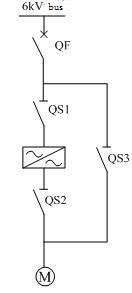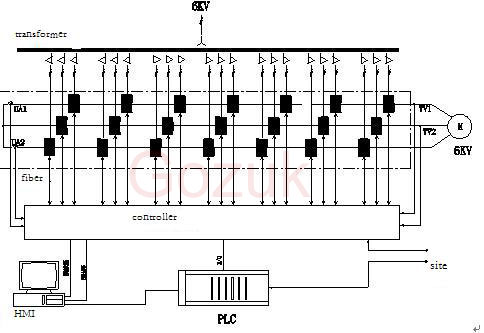Can I use an AC drive on a servo motor?-
If you are looking to use a standard, plain AC variable frequency drive for a servo I suggest you will be out of luck. Servo motors typically require a different type of output – not a V/Hz or even vector type output PWM output waveform.
Before you buy an AC drive said to be suited for servo motor, you might want to get that in writing and find someone that will stand behind the claim. If there is a cost savings to using an AC VFD drive to run your servo motor you may want to use the extra cash to get a factory technician to do a startup

